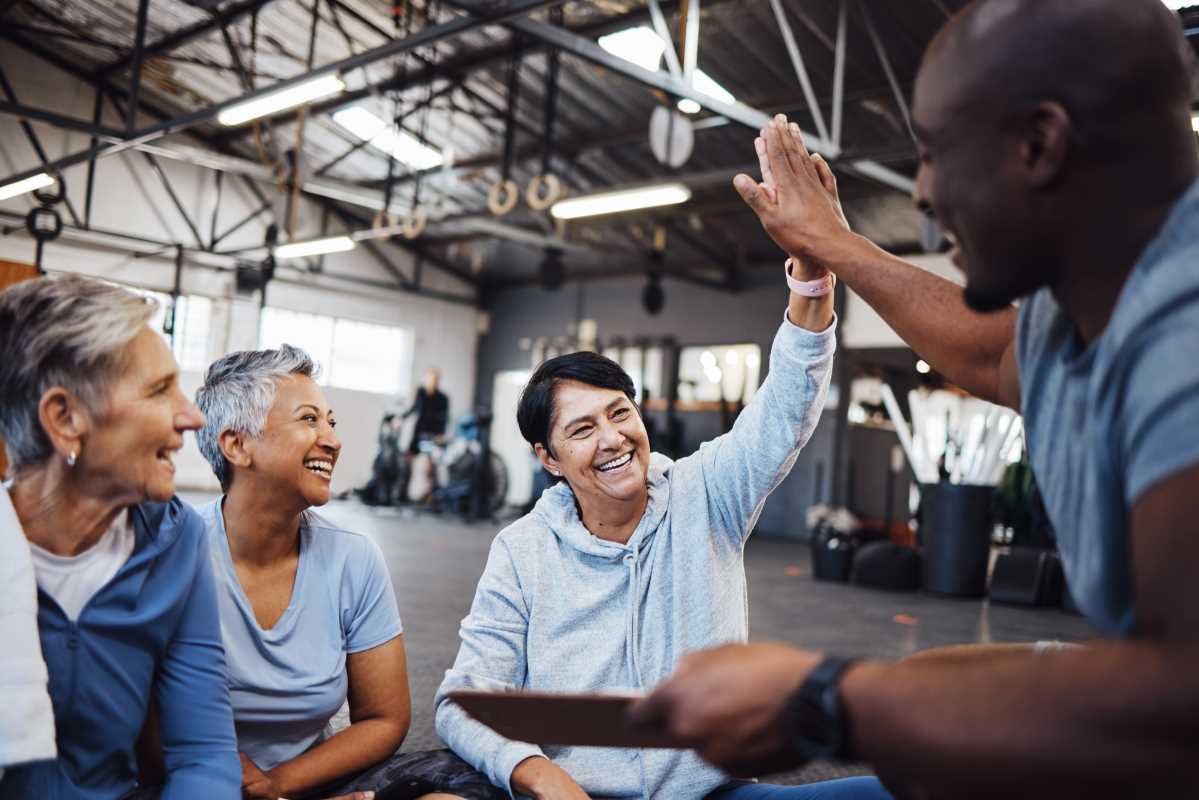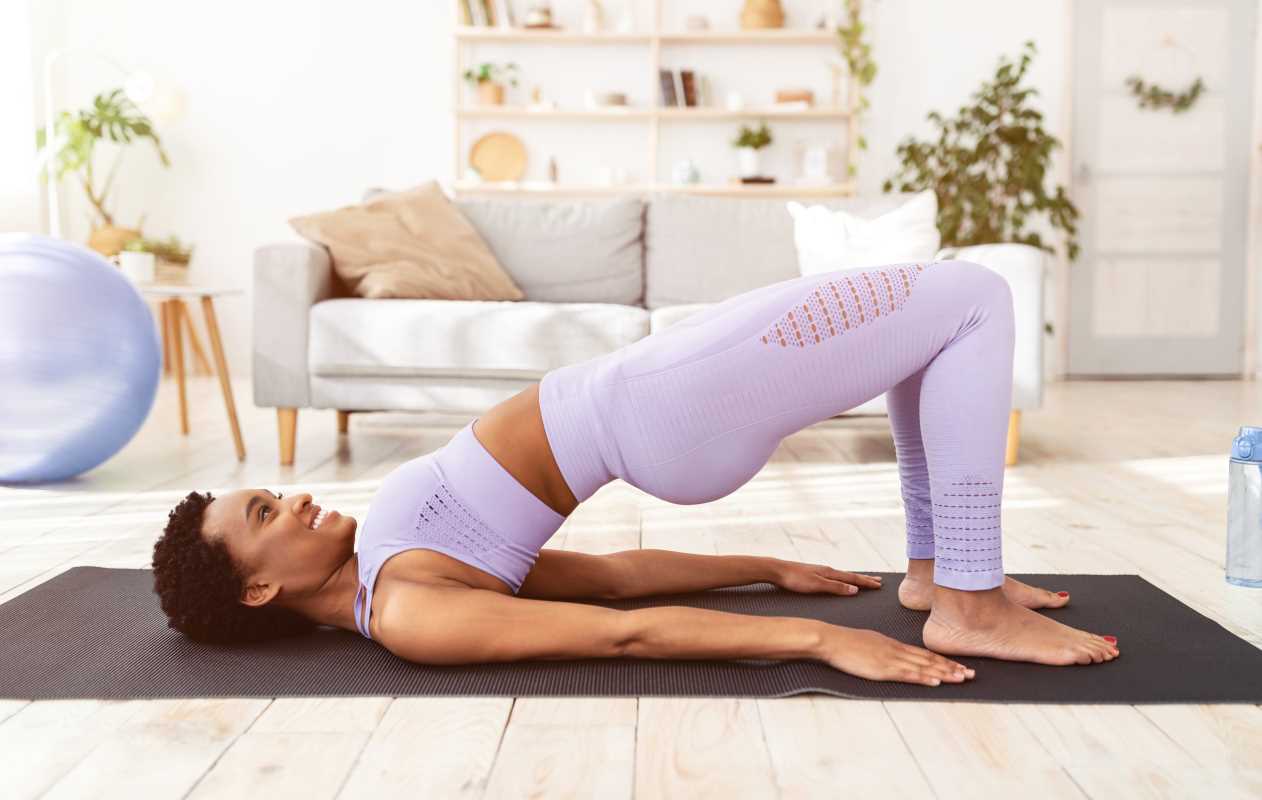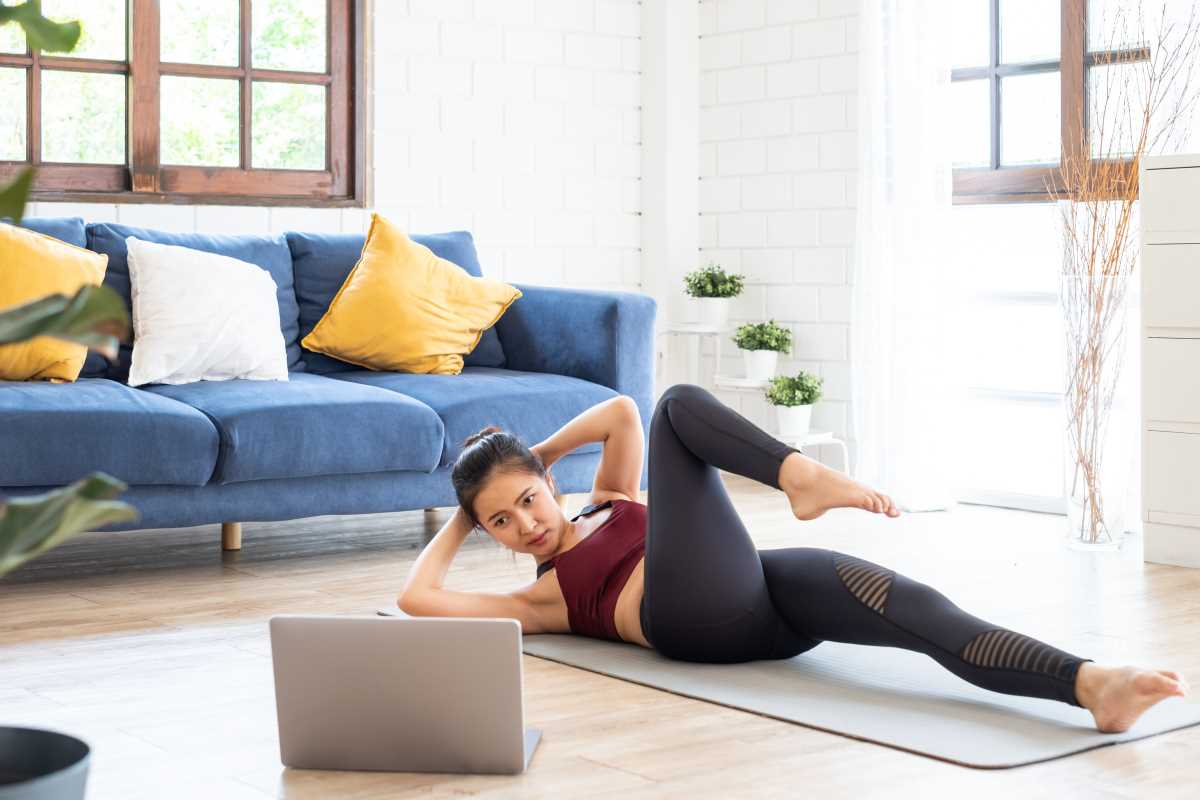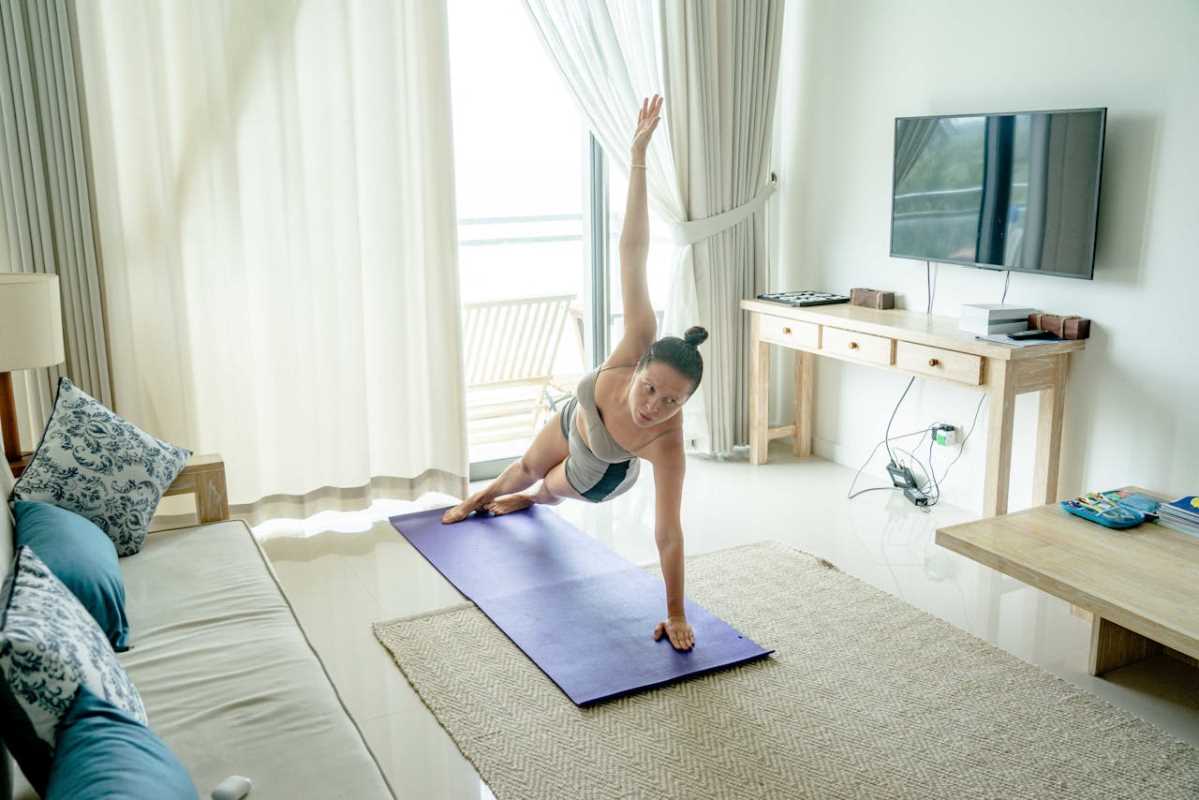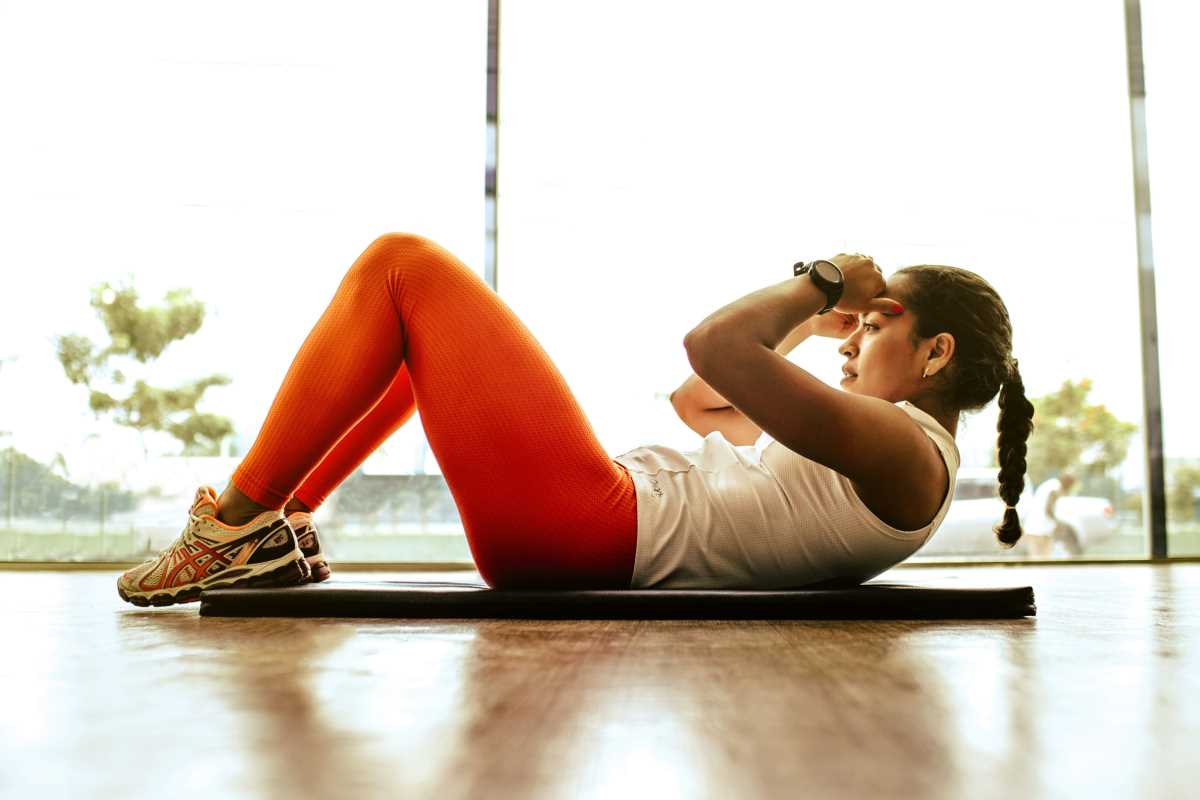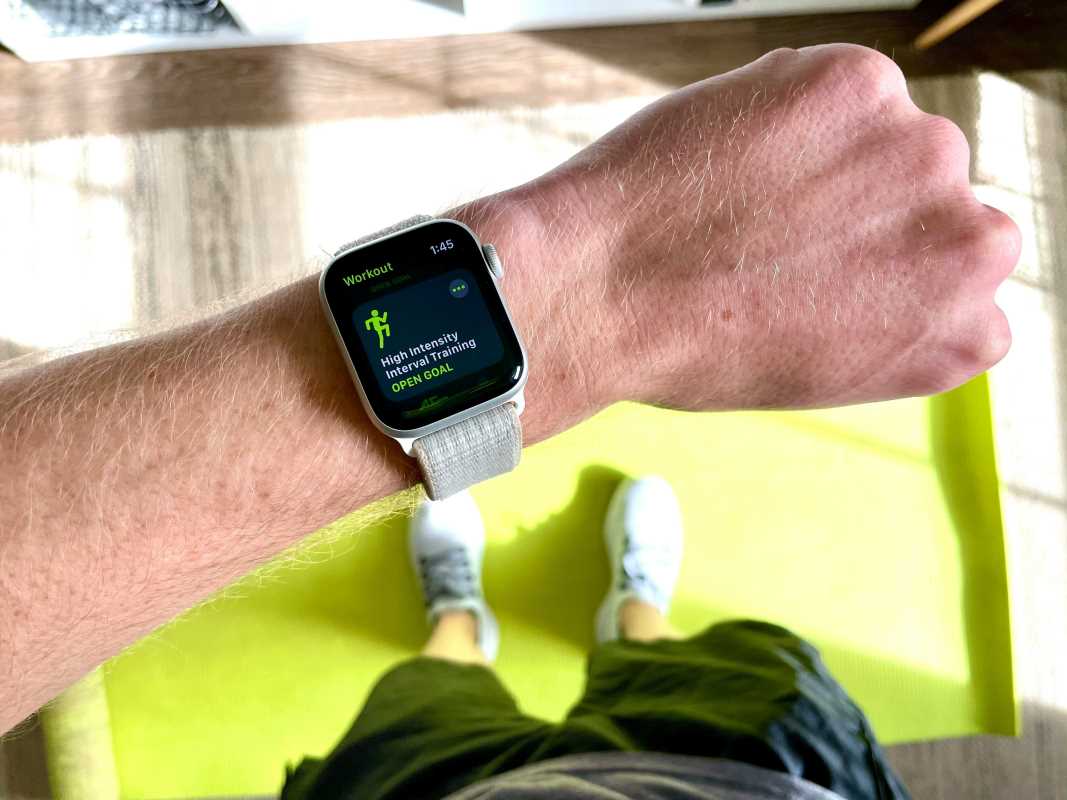Group fitness classes offer more than just an effective way to build muscle and improve overall strength. Sharing your workouts with others creates a sense of camaraderie that makes every session more enjoyable and motivating. As you challenge yourself with new exercises, the encouragement from classmates helps you push past your usual limits and try movements you might have avoided on your own. These shared experiences often lead to new friendships and lasting connections, turning exercise into a social highlight rather than a chore. Discover how participating in these classes can help you achieve your personal goals while connecting with people who share your enthusiasm.
Strengthening muscles in group classes
From kettlebells to resistance bands, these classes challenge your muscles in ways solo workouts often miss. You learn proper form and cheer on fellow members.
- CrossFit: Short, intense circuits mixing weightlifting and bodyweight exercises. Coaches correct your form and groups high-five at every PR (personal record).
- Barry's Bootcamp: Treadmill sprints paired with weight blocks. Trainers show modifications, and teammates spot each other on presses and squats.
- F45 Training: Stations combine strength moves with cardio bursts. Partners rotate together, tracking scores on whiteboards for friendly rivalry.
How social interactions improve your workout
Working out in a circle creates accountability. When an instructor calls your name for that last set, you feel motivated to push through muscle burn. High-fives and thumbs-up not only lift your mood but also remind you that you’re not alone in the struggle.
Chatting before and after class builds familiarity. Sharing tips on form or swapping healthy snack recipes turns strangers into friends. You start checking the schedule to see who else is coming—proof that your exercise time doubles as social time.
Picking the right class to meet your goals
Decide your main goal—whether that’s bulking up arms or sculpting legs. If you want to maximize lifts, look for classes with heavier loads and lower reps. Those seeking a mix of strength and endurance can choose combined-circuit sessions.
Think about class size and atmosphere. Smaller groups mean more personal coaching. Larger rooms often boost energy with loud music and team challenges. Try trial passes to experience the community before committing.
Getting ready for your first class
Arrive early to introduce yourself to the coach and ask about suitable gear. A sturdy pair of training shoes and comfortable workout clothes make a difference. Bring a water bottle and towel—sweat comes quickly when you’re pushing limits alongside others.
Inform the instructor of any past injuries or mobility issues. They can suggest alternatives: swapping a heavy barbell press for lighter dumbbells, for example. This advice helps you keep improving without risking injuries.
Advice for maintaining consistency
Creating habits requires more than good intentions. Use these steps to stick to your new routine:
- Schedule classes like appointments you can’t miss.
- Find a workout buddy to commit with. You’ll both attend more sessions.
- Track your progress: note weights, reps, and times. Seeing improvements keeps you motivated.
- Celebrate milestones: treat yourself after hitting a PR or attending ten classes.
Set a weekly target—such as three sessions—and mark each on a wall calendar. Seeing the progress and crossing off days makes consistency feel automatic.
Group fitness classes build muscle and social connections through professional coaching and shared goals. Try various styles and stay with what you enjoy to see your confidence and community grow.
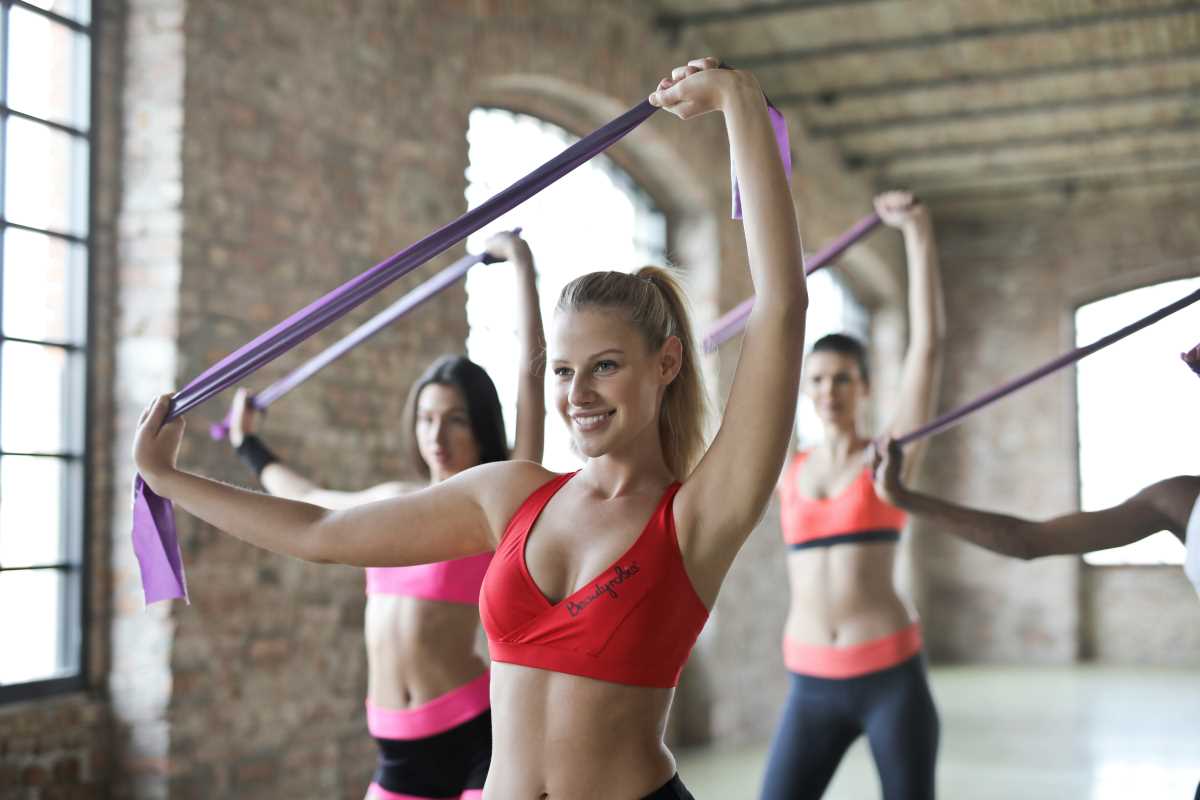 (Image via
(Image via